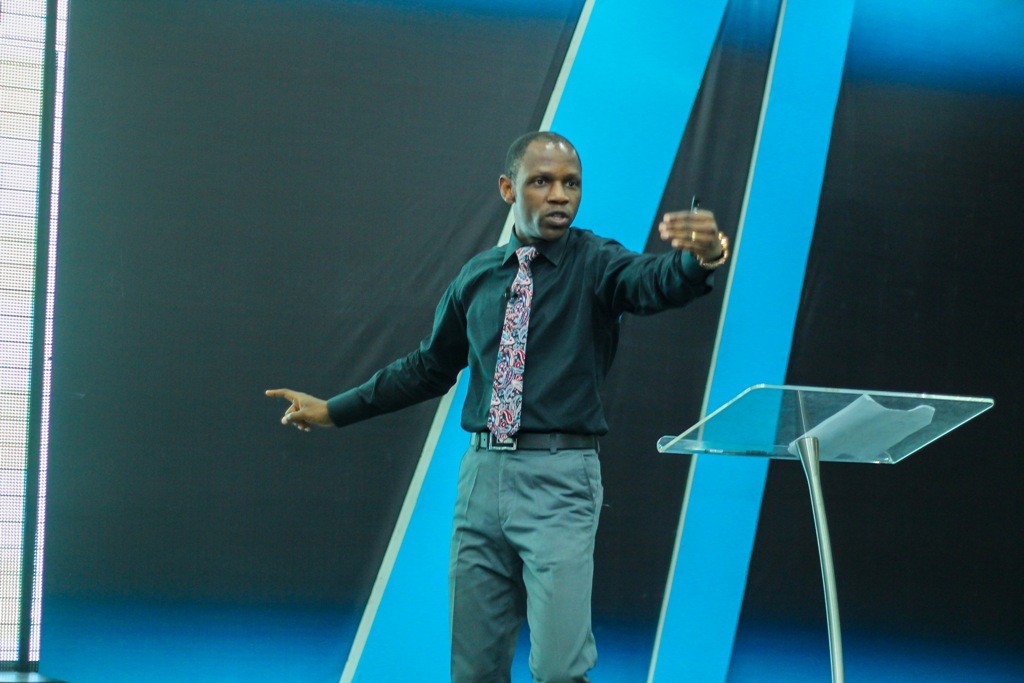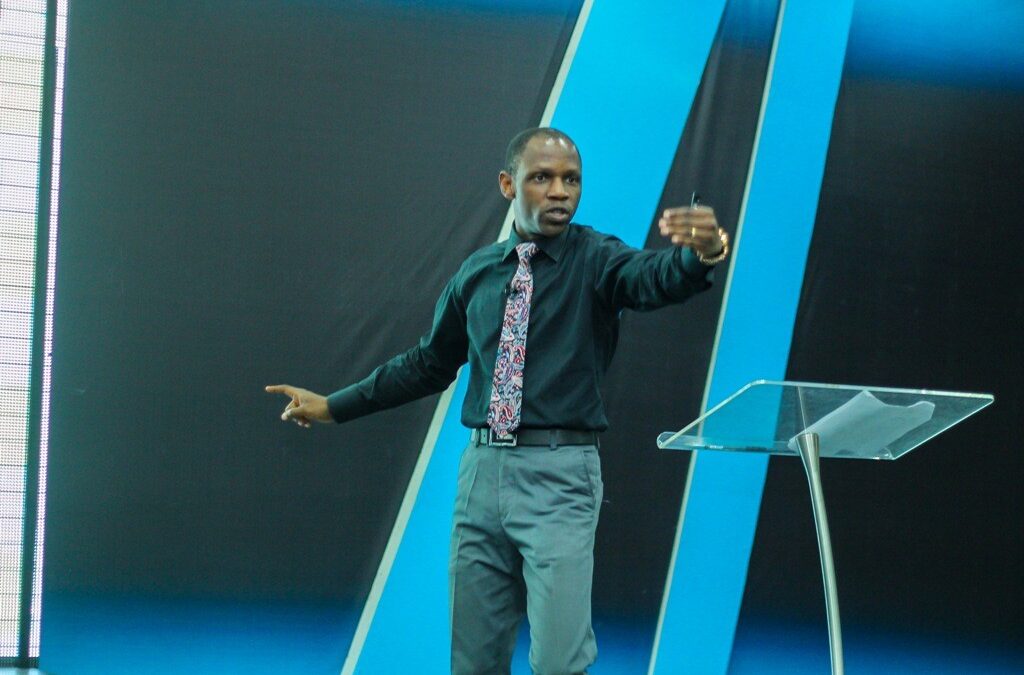In the last episode, we explored the roots of burnout and why it’s particularly prevalent among leaders. Today, we’ll examine the early warning signs, equipping you to prioritize your well-being and lead with empathy and excellence.
Recognizing the early signs of burnout is crucial for preventing it from escalating. Common signs and symptoms include:
1. Emotional Exhaustion
Emotional exhaustion is a core component of leadership burnout, characterized by chronic fatigue and emotional depletion. Leaders often juggle multiple responsibilities, face high expectations, and deal with the emotional toll of their role, leading to feeling drained and overwhelmed. This impacts their effectiveness and well-being.
Here are some key points to consider:
The Demands of Leadership: Leaders are expected to inspire and motivate their teams while managing challenges and setbacks. This constant pressure can contribute to emotional exhaustion.
The Emotional Toll: Dealing with employee issues, conflicts, and difficult decisions can take a significant emotional toll on leaders, potentially leading to burnout.
Lack of Self-Care: Many leaders prioritize their team’s and organization’s needs over their own self-care, neglecting their physical and mental health, which can exacerbate emotional exhaustion.
Example: A CEO who consistently works long hours, rarely takes breaks, and is constantly available to their team may experience emotional exhaustion. Over time, this can lead to decreased job satisfaction, increased stress, and even physical health problems.
2. Detachment
Detachment is a common symptom of leadership burnout, characterized by disengagement from work and emotional distance from colleagues and responsibilities. Emotionally exhausted leaders may withdraw from their role, feeling apathetic and unmotivated.
Key characteristics of detachment in leadership burnout:
Reduced emotional investment: Leaders may experience a decline in their emotional connection to their work and team.
Lack of motivation: Apathy and decreased motivation can lead to reduced productivity and performance.
Difficulty connecting with others: Leaders may find it challenging to relate to and empathize with their team members.
Increased cynicism: A negative and critical outlook on work and colleagues can develop.
3. Reduced Performance
Reduced performance is a common and often overlooked symptom of leadership burnout. When leaders are emotionally exhausted and disengaged, their ability to perform their duties effectively can decline significantly.
Key indicators of reduced performance in leadership burnout:
Decreased productivity: Leaders may find it difficult to concentrate, make decisions, or complete tasks efficiently.
Lower quality work: The quality of work output may deteriorate due to decreased attention to detail and reduced motivation.
Missed deadlines: Leaders may struggle to meet deadlines and commitments due to reduced energy and focus.
Increased errors: Mistakes and errors may become more frequent as leaders become fatigued and less careful.
Difficulty making decisions: Indecisiveness and procrastination can become more common as leaders struggle to prioritize and make choices.
4. Physical Symptoms
Leadership burnout can manifest in various ways, including physical symptoms. When leaders are emotionally exhausted and stressed, their bodies often respond with physical manifestations.
Common physical symptoms of leadership burnout:
Fatigue: Chronic fatigue and exhaustion are common.
Headaches and migraines: Stress can contribute to headaches and migraines.
Digestive issues: Stress can disrupt the digestive system, leading to symptoms like heartburn, constipation, or diarrhea.
Sleep disturbances: Difficulty falling asleep, staying asleep, or waking up feeling unrested are common.
Muscle tension and pain: Chronic stress can lead to muscle tension and pain, especially in the neck, shoulders, and back.
Changes in appetite: Some leaders may experience decreased appetite or overeating as a coping mechanism.
Weakened immune system: Chronic stress can compromise the immune system, making individuals more susceptible to illness.
If you are experiencing these symptoms, it is important to take action to address the underlying causes of burnout. We will show you how in the next episode. Stay tuned!
Your Turn:
Have you experienced any of these signs and symptoms on your leadership journey?
How did you deal with them?
Share with me; I would like to learn from you as well.
References:
Alarcon, G., Eschleman, K. J., & Bowling, N. A. (2019). Relationships between personality, burnout, and leadership styles. Journal of Leadership & Organizational Studies, 26(4), 494-509.
Salvagioni, D. A., Melanda, F. N., Mesas, A. E., Gonzalez, A. D., Gabani, F. L., & Andrade, S. M. (2017). Physical, psychological and occupational consequences of job burnout: A systematic review of prospective studies. PloS one, 12(10)
Shanafelt, T., West, C. P., Sinsky, C., & Trockel, M. (2021). Changes in burnout and satisfaction with work-life integration in physicians and the general US working population between 2011 and 2020. Mayo Clinic Proceedings: Innovations, Quality & Outcomes, 5(1), 160-168.
Schaufeli, M. B & Bakker, A.B (2004)
Job Demands and Job Resources, Towards a Dual Factor theory of burnout. Journal or Organizational Behavior 25(3), 291-308
Maslach C Sacks, A & Leiter, S (1982)
Burnout – Causes, Consequences and Cures.
W.H Freeman and Company.


